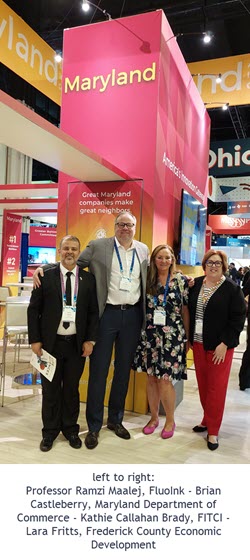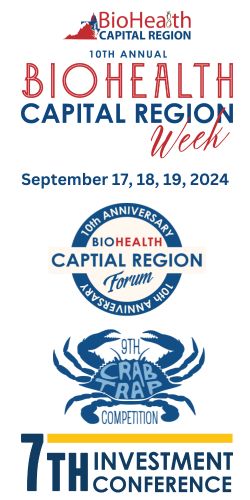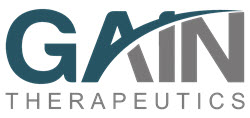
 EyeControl improves clinical outcomes, prevent cognitive decline, and enhance the patient and family experience.“We are honoured to be able to support every patient – but especially our soldiers.”
EyeControl improves clinical outcomes, prevent cognitive decline, and enhance the patient and family experience.“We are honoured to be able to support every patient – but especially our soldiers.”
When Yoav Tzivoni, a combat soldier seriously wounded in the northern Gaza Strip, awoke after six months in the intensive care unit of the Samson Assuta Ashdod University Hospital, he shockingly asked the nurse for his favorite heavy metal music.
“I was shaking from excitement when the nurse texted and said Yoav is asking for his music!” recounts Michal Finkelstein, product specialist, and speech and language pathologist by training, in charge of customer relations and success at the Israeli company EyeControl.
“What? Is he awake?” Finkelstein wondered, saying that she was “shaking from excitement.”
Tzivoni and his fellow wounded ICU soldiers are benefiting from a recently discovered additional and potentially internationally game-changing use of EyeControl, a wearable device that enables patients – including those on ventilators – to communicate with medical staff and family members via eye gestures and a bone conduction headset, to hear the recorded messages of loved ones – and to listen to one’s favorite music.
EyeControl helps improve clinical outcomes, prevent cognitive decline, and enhance the patient and family experience. It is currently being tested in prestigious university hospitals in and out of Israel to see if it reduces delirium in ICU patients.
Click here to read more via TJP.









